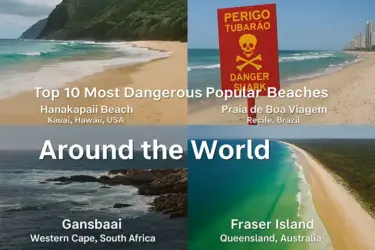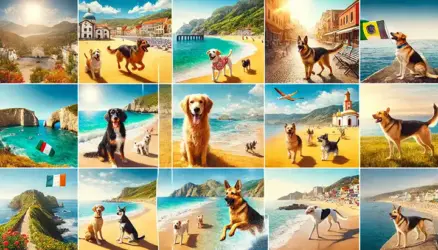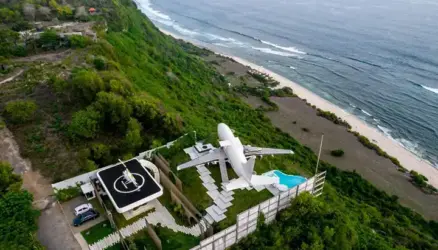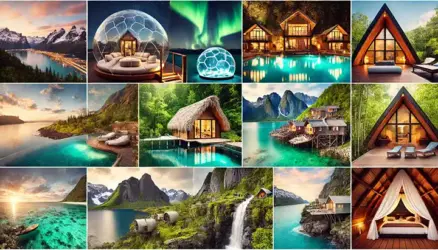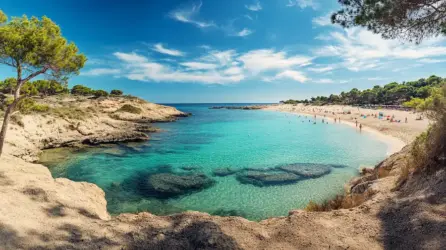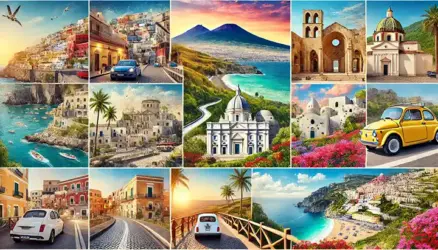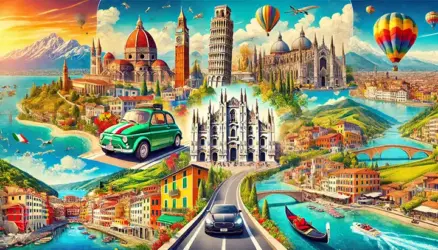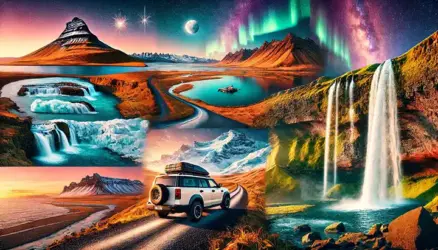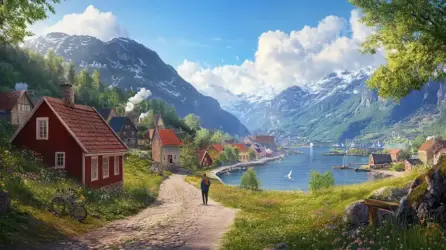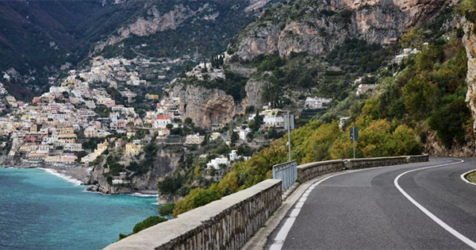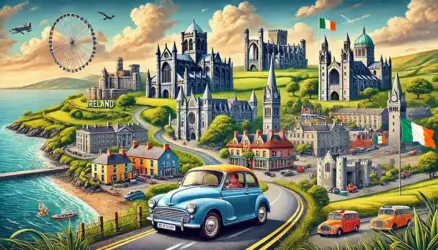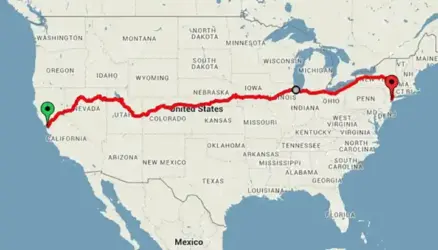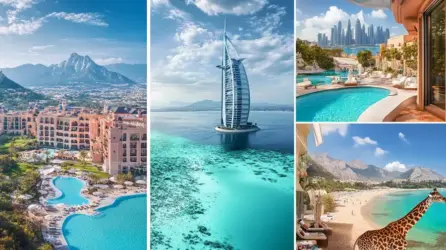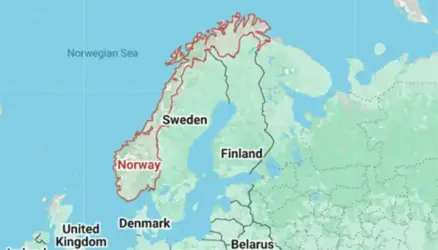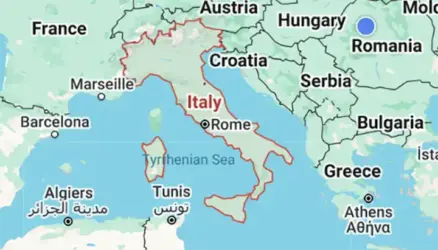Europe’s Best National Parks
The Grand Canyon, Yosemite, and Zion come to mind while thinking of national parks. However, we should not be too hemispheric. From diehard outdoorsy types to those just starting to dip their toes in, there’s a whole slew of European international parks that should be on everyone’s bucket list.
Though some are more isolated than others, Europe’s parks are often more accessible than their American equivalents due to the continent’s population density. As a result, many of them are quick day trips from famous tourist destinations rather than multi-day excursions. Although some of these are not officially national parks due to the overlapping bureaucratic authority of all of Europe’s numerous countries and institutions, they are all deserving of the honorary title.

Þingvellir National Park – Iceland
A group of Vikings gathered in a field in Iceland over 1,100 years ago to discuss choices about significant issues of the day. The Althing—the world’s first parliament—was created after this meeting became a regular occurrence. The parliament of Iceland dedicated the Þingvellir National Park (sometimes spelled Thingvellir) in 1930 to commemorate the 1,000th anniversary of the first Althing. It is a 35-square-mile (90-square-kilometer) reserve smack in the heart of Iceland’s livable territory.
Despite its tiny size by worldwide standards, Þingvellir packs a punch: in addition to the typical hiking routes found in national parks, Þingvellir offers horseback riding, fishing, and even scuba diving. Deep fractures sprung out all over the country in 1789, generating gorges that swiftly filled with Iceland’s clean groundwater. The only site in the world where divers may breaststroke between two tectonic plates is Þingvellir, which straddles the boundary between the Eurasian and North American tectonic plates. It’s simple to get to Þingvellir: it’s the most well-known destination on Iceland’s well-traveled Golden Circle, and it’s only a 30-mile (50-kilometer) drive from the capital, Reykjavik.
Tip: Because of its small size and high popularity, Iceland is best visited in the off season, between May and September, when the weather is milder and the crowds are less. This is especially true for well-known places like Þingvellir.
Nearby city: Reykjavik

Sächsische Schweiz National Park – Germany and Czechia
The mountains of the Saxon Switzerland National Park straddle the German-Czech border just outside of Dresden. These peaks may not be as large as the Alps, but they are more than equal in terms of breathtaking magnificence. For generations, painters and mountain climbers have been inspired by these stunning sandstone cliffs. The Bastei, a jagged collection of finger-like rock pillars connected by an unusual stone bridge towering nearly 200 meters (650 feet) above the Elbe valley below, is the most famous of these.
Hikers, mountain bikers, and rock climbers come to the park, which has over 14,000 climbing routes and is conveniently accessible from Dresden, Berlin, and Prague. Though renting a car is the most convenient option, rail lovers can go to Bad Schandau National Park Bahnhof from Dresden or Prague central stations. Take a short ferry ride across the Elbe and then catch a bus to the park’s entrance. The park can only be reached from Berlin via Dresden Central Station.
Tip: Though the park is open all year, visit in the fall to see the beautiful fall foliage.
Nearby cities: Dresden, Berlin, and Prague

Plitvice Lakes National Park – Croatia
It’s been a few years since Game of Thrones pushed Croatia to its well-deserved place near the top of the world tourism rankings, and the buzz may have died down a little, but there’s so much more to this Adriatic beauty than King’s Landing (AKA Dubrovnik). The Plitvice Lakes National Park should be at the top of anyone’s list. If you’re a travel nerd—and let’s face it, you are—you’ve probably seen photos of the beautifully turquoise pools and waterfalls laced with wooden causeways and boardwalks. And believe us when we say they are just as amazing in person.
Although swimming is prohibited, the park’s 16 designated lakes and numerous unidentified, smaller lakes provide ample opportunities to take it all in. Despite the fact that the lakes are the star of the show, they only make up 1% of the park’s protected area; the park also has several well-marked hiking routes of varied difficulty, and cyclists use the park’s surrounding roads.
Tip: If you can’t resist the need to swim, head to the adjacent Krka National Park, which has several lakes where swimming is permitted.
Nearby cities: Zagreb and Split

El Torcal de Antequera – Spain
Around 150 million years ago, the territory that would become Spain was a large inland sea teeming with clams, snails, and other slimy, shelled organisms. In the present day, their remains have fossilized and degraded into a beautiful limestone karst environment in the heart of Spain’s autonomous community of Andalusia. El Torcal, located just outside of Antequera and accessible from Sevilla, Malaga, and Granada, provides visitors with breathtaking panoramas of unusual rock formations, uncommon fauna, and prehistoric tombs.
Hikers can walk around the park on well-marked pathways that take them past organically formed rock formations. Interesting stone formations such as el Sombrero, la Jarra, and the Cathedral are popular tourist attractions. You might see an elusive Iberian ibex climbing the jagged stones or a griffon vulture soaring far above if you’re lucky.
Tip: It’s easy to become disoriented in the maze-like maze of limestone formations, so stick to the well-marked paths.
Nearby cities: Malaga, Granada, Sevilla, Cordoba

Samaria Gorge National Park – Greece
If a holiday in Greece conjures up images of sun-drenched beaches and glistening azure waters, you’d be surprised at how diversified the country’s scenery can be. On the island of Crete, this is particularly evident. Snowy mountain peaks in the distance may surprise visitors to eastern Crete—these are the Lefke Ori mountains, or white mountains. The beautiful Samaria Gorge, one of Europe’s longest gorges, is buried deep within their rugged rocks.
An eight-mile (13-kilometer) hiking track winds its way down the gorge’s tortuous path, crossing the little creek that cut it. Hikers will reach The Gates at mile seven, where the gorge narrows to only a few feet wide. The canyon’s walls are about 1000 feet tall here, and the sky is barely a narrow sliver of blue visible between them. At the end of the climb, you’ll arrive in the charming fishing village of Agia Roumeli, where you can cool off in the chilly Libyan sea.
Tip: Keep an eye out for the pride of Crete, the kri kri, a native ungulate. Locals say it looks like a goat, but it’s actually pretty different. We’re not convinced, but they do make for interesting landscape.
Nearby cities: Chania and Rethymno

Tre Cime di Lavaredo – Italy
South Tyrol is one of Italy’s lesser-known areas, but being far from unexplored. South Tyrol is known for its unique culture, cuisine, and landscape, and is located in the Dolomites, a portion of the Alps that runs between Italy and Austria. And nowhere is the Dolomites’ beauty more evident than in Tre Cime di Lavaredo, which is named after the UNESCO-listed rock formation it protects. It has multiple well-marked hiking paths, as do many of the parks on this list.
The major trek at Tre Cime di Lavaredo is a six-mile (10-kilometer) stroll through largely flat terrain that circles the park’s main attraction. And what an attraction it is: the three iconic peaks, all of which are practically vertical escarpments built of the slightly pinkish sandstone that gives the area its name, soar more than 1,800 feet (500 meters) into the air. There are various rifugios along the trail where you may stop for a beer or a bite to eat—it being, after all, Italy.
Tip: To keep the peaks in view for the majority of the hike, follow the path counterclockwise.
Nearby cities: Venice, Innsbruck

Spreewald – Germany
After a long night of partying in Berlin’s newly reopened nightclubs, it’s wonderful to unwind the next day by relaxing in the country. The town of Lübbenau is located just outside of Berlin and is easily accessible by train. The Spreewald is a huge network of marshy fields and forest crisscrossed by hundreds of canals. This swampy area, which was once home to a group of Slavic speakers who were linked to Czechs, now serves as Berlin’s closest nature park. Rent a kayak or a traditional punt boat and cruise around what has been dubbed “Germany’s Venice.”
The Spreewald is famed for its nostalgic pickles, which were featured in the film Goodbye Lenin, and you can buy them right beside the canal, peddled by ambitious grandmothers straight from the cellar. It’s just you, your boat, the occasional cow pausing for a drink, and the Spreewald apart from that and the occasional biergarten.
Tip: The Spreewald is centered in Lübbenau, but the territory spreads for kilometres. The Gürkenradweg (Pickle bike way), which can be identified by signs depicting a pickle riding a bike, connects many cities.
Nearby cities: Berlin

Bialowieza National Park – Poland and Belarus
Fantastic, ancient monsters lurk through a forest untouched since time immemorial deep in Poland’s dark east. The Bialowieza National Park is the only unspoiled remnant of Europe’s ancient forest, which once spanned from the Urals to the French coast. The park’s core is a highly protected zone that is home to Europe’s last wild bison herd (known as wisents), the forest’s unofficial emblem. The center requires a guide, however it only covers a small fraction of the forest overall. The rest of the woodland is connected via fantastic bike routes and roads.
Tip: Wisents are wild animals who avoid humans because of this. Fortunately, the Rezerwat ubrów, a bison reserve dedicated to the conservation of the forest and its furry residents, has enough of them (literally—try the bison pierogi).
Nearby cities: None, really, however the forest is a four-hour bus journey from Warsaw.

